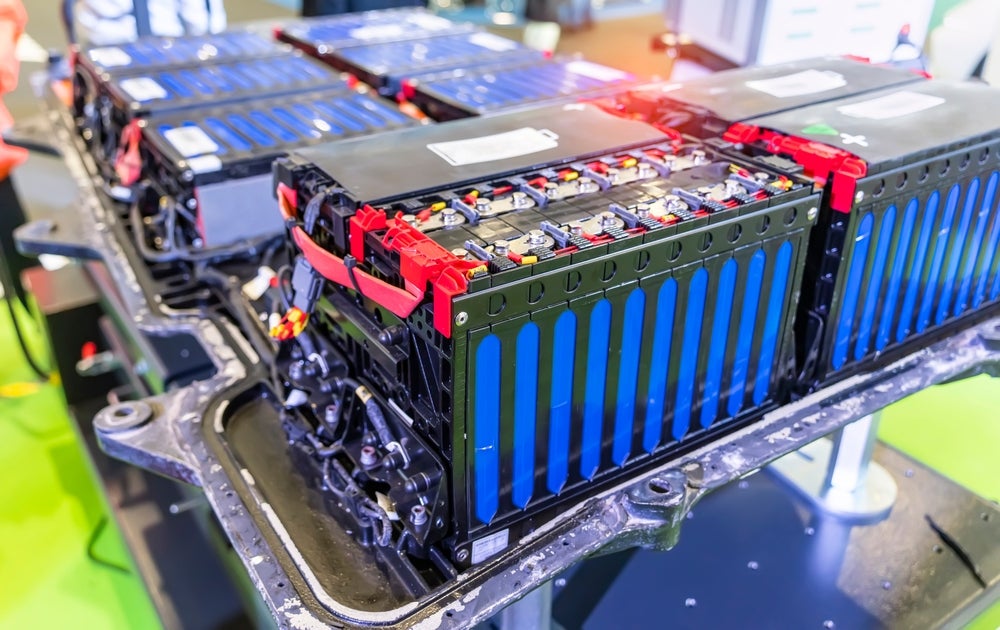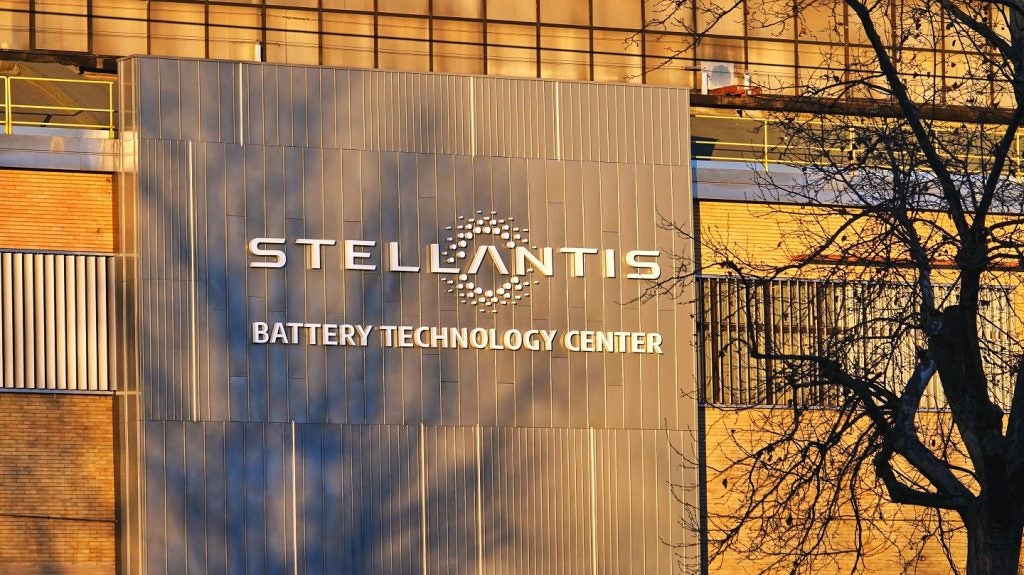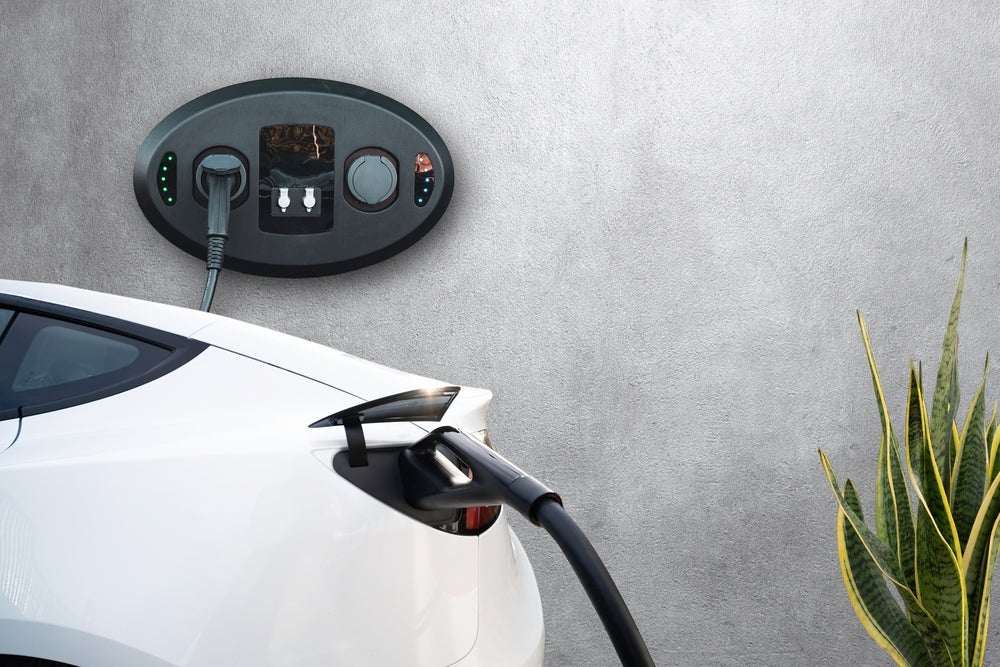
Analysis by NGO Transport & Environment (T&E) reveals that onshoring the electric vehicle (EV) supply chain to Europe could significantly reduce emissions associated with battery production.
According to the study, shifting production to Europe would result in a 37% reduction in emissions compared to a China-controlled supply chain. This environmental benefit increases to over 60% when renewable electricity is used in the manufacturing process.
Key Findings:
- Carbon Savings and Local Production:
- Producing battery cells and components locally within Europe would save an estimated 133 million metric tons (Mt) of CO2 emissions between 2024 and 2030. To put this in perspective, it’s equivalent to the total annual emissions of Czechia.
- However, the report highlights that less than half (47%) of the planned lithium-ion battery production for Europe up to 2030 is currently secure. The remaining 53% of announced cell manufacturing capacity faces medium or high risk of delays, scaling down, or cancellation without stronger government action.
- European Gigafactories:
- France, Germany, and Hungary have made significant progress in securing gigafactory capacity. ACC started production in Pas-de-Calais last year, while plants by Verkor in Dunkirk and Northvolt in Schleswig-Holstein, Germany, are moving forward with generous government subsidies.
- On the other hand, Finland, the UK, Norway, and Spain face medium or high risk due to uncertainties surrounding projects by the Finnish Minerals Group, West Midlands Gigafactory, Freyr, and InoBat.
- Challenges and Recommendations:
- T&E emphasises the need for strong sustainability requirements, such as upcoming battery carbon footprint rules, to incentivize local clean manufacturing.
- The European Investment Bank and EU Battery Fund should provide better instruments to support gigafactory investments.
- Securing the entire battery value chain remains challenging due to China’s dominance and the EU’s nascent expertise. Europe has the potential to manufacture 56% of its cathode demand by 2030, but only two plants have started commercial operations so far.
- Additionally, the region could fulfil all its processed lithium needs and secure 8% to 27% of battery minerals from recycling by the end of the decade. However, processing and recycling plants require EU and state support to scale rapidly.
- The Battery Race:
- Julia Poliscanova, senior director for vehicles and e-mobility supply chains at T&E, warns that the battery race between China, Europe, and the US is intensifying.
- While some battery investments have been saved from being lured away by US subsidies, nearly half of planned production remains up for grabs.
- To assure gigafactory investors, the EU must address uncertainties related to engine phase-out and set clear corporate EV targets.
How well do you really know your competitors?
Access the most comprehensive Company Profiles on the market, powered by GlobalData. Save hours of research. Gain competitive edge.

Thank you!
Your download email will arrive shortly
Not ready to buy yet? Download a free sample
We are confident about the unique quality of our Company Profiles. However, we want you to make the most beneficial decision for your business, so we offer a free sample that you can download by submitting the below form
By GlobalData





